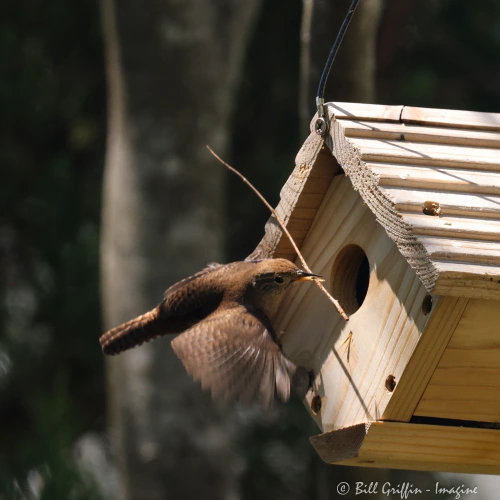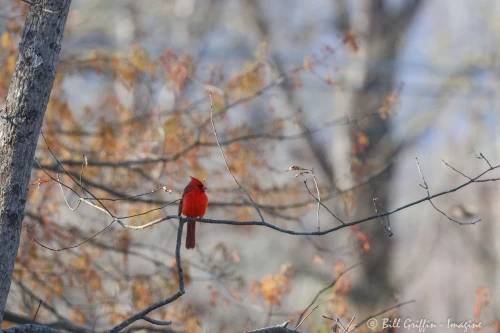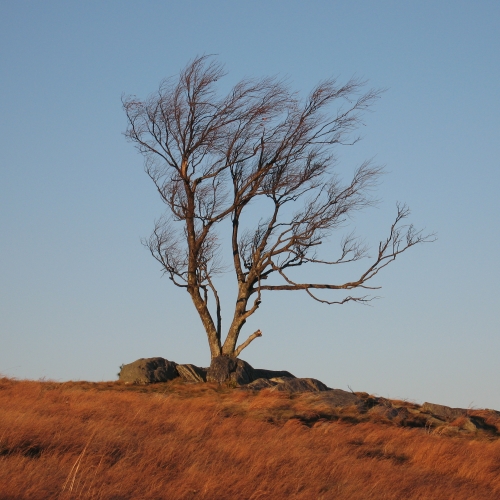.
April 26, 2024
.
In order to see birds it is necessary to become a part of the silence.
++++++ Robert Lynd (1879-1949) – naturalist
.
To see a wren in a bush, call it a wren and go on walking is to have seen nothing. To see a bird and stop, watch, feel, forget yourself for a moment, to be in the bushy shadows, maybe then feel wren – that is to have joined in a larger moment with the world.
++++++ Gary Snyder
.
Keep a green tree in your heart and perhaps a song bird will come.
++++++ Chinese proverb
.
❦ ❦ ❦
.
November
.
It is an old drama
this disappearance of the leaves,
this seeming death
of the landscape.
In a later scene,
or earlier,
the trees like gnarled magicians
produce handkerchiefs
of leaves
out of empty branches.
.
And we watch.
We are like children
at this spectacle
of leaves,
as if one day we too
will open the wooden doors
of our coffins
and come out smiling
and bowing
all over again.
.
Linda Pastan (1932-2023)
from Carnival Evening: New and Selected Poems 1968–1998, W W Norton & Co, © 1999
.
Shared by Bradley Samore, Plano TX, who writes:
.
This poem by Linda Pastan reminds me of our hushed wonder toward the non-human and our tendency to imagine ourselves in relation to what we see. Perhaps there is no objective way to view something as each species, each person, has their own limitations and reference point. Like Gerard Manley Hopkins’ “Spring and Fall”, Pastan makes the connection between the leaves falling and our own human death but also hints at the possibility/impossibility of our rebirth, another budding.
.
++++++ Bradley
.
❦
.
Revelation
.
Nothing compares to exploring the land
++++++ but what of becoming part of it
.
to sit so still that lizards
++++++ mate by my sandaled feet
.
to kneel at the grave where from shadows
++++++ a fox approaches unafraid
.
to lie on the grass as daylight fades
++++++ and birds feather the branches above
.
Bradley Samore
first appeared in Hoot
.
.
❦ ❦ ❦
.
The charm which Henry [David Thoreau] uses for bird and frog and mink, is patience. They will not come to him, or show him aright, until he becomes a log among logs, sitting still for hours in the same place; then they come around him and to him, and show themselves at home.
++++++ Ralph Waldo Emerson, from his journal, May 11, 1858.
.
I hope you love birds, too. It is economical. It saves going to Heaven.
++++++ Emily Dickinson
.
❦ ❦ ❦
.
Kinship
Rootless and restless and
warmblooded, we
blaze in the flare that
blinds us to that slow,
tall, fraternal fire of life
as strong
now as in the seedling
two centuries ago.
.
Ursula K LeGuin
.
❦ ❦ ❦
.
The cockroach and the birds were both here long before we were. Both could get along very well without us, although it is perhaps significant that of the two the cockroach would miss us more.
++++++ Joseph Wood Krutch, from The Twelve Seasons (1949)
.
More than at any other time, we feel the strangeness of birds when we stop and pick up a feather in our path. There is nothing on Earth to compare it to; there is no material like it, no form, nothing that functions quite the same way.
++++++ Bruce Brooks, from On the Wing
.
.
❦ ❦ ❦
.
Landscape with Jeffers and the Connecticut River
.
Oat stalks hang their oat-heavy heads.
Panic grass shakes in the wind
off a goldfinch’s wing. Cause,
++++ ++++ ++++ ++++ effect, and cause.
.
Drone, like the bee, of goldenrod and aster,
tool of the stick-tight and cockleburr,
I park and wade into high riverside grasses.
.
A dog gnaws on a box turtle, a spider rides
a floating log, straining the air of its midges and leafbits.
A fisherman lazy as late summer current,
++++ ++++ ++++ ++++ ++++ casts, reels, and casts.
.
It occurs to me I am alive, which is to say
I won’t be soon. Robinson Jeffers
from Carmel Point, in “an unbroken field of poppy and lupin”
.
ashamed of us all (of himself ), took solace in time,
in salt, water, and rock, in knowing
all things human “will ebb, and all/
++++ ++++ ++++ ++++ Their works dissolve.”
.
Me, too. And I’m not always so patient. I’ve caught myself
wishing our spoiler species gone, just swept away,
returned to rust and compost for more deserving earthly forms.
.
Meanwhile, flint arrowheads turn up among the plastic
picnic sporks, the glacial crags and bottom silt.
Hawks roost across the river on the now defunct
++++ ++++ ++++ ++++ ++++ nuclear power plant cooling tower,
.
flotsam left at the human high water mark.
Like mussel shells, like driftwood or seedpod,
like the current’s corrugations in the sand.
.
Here, on this side, a woodchuck sits up, lustrous,
fat on her chestnut haunches, (she thinks herself
queen of her narrow realm) and munches
++++ ++++ ++++ ++++ the fisherman’s crust.
.
Who wouldn’t smile? Who doesn’t pity—and love—
the woodchuck not only despite but for her like-human smugness?
How can I not through her intercession forgive
++++ ++++ ++++ ++++ ++++ for now a few things human.
.
Jennifer Atkinson
.
Jennifer Atkinson writes in Poems.com:
.
But how do we live with our knowledge and the emotional cloud of fear, guilt, anger, grief, and helplessness, a cloud that surrounds us, each of us alone, and all of us together? That cloud has become intrinsic to my ecopoetical work. Burdened with the beauty and loss and malicious awfulness ahead, weighted with the anxiety that hits whenever a winter day dawns without frost on the ground or another ‘unprecedented’ downpour rings in the gutter, how do I live?
.
.
❦ ❦ ❦
.
The bluebird carries the sky on his back.
++++++ Henry David Thoreau
.
We lose our souls if we lose the experience of the forest, the butterflies, the song of the birds, if we can’t see the stars at night.
++++++ Thomas Berry
.
It is the ancient wisdom of birds that battles are best fought with song.
++++++Richard Nelson
.
❦ ❦ ❦
.
Rain Light
.
All day the stars watch from long ago
my mother said I am going now
when you are alone you will be all right
whether or not you know you will know
look at the old house in the dawn rain
all the flowers are forms of water
the sun reminds them through a white cloud
touches the patchwork spread on the hill
the washed colors of the afterlife
that lived there long before you were born
see how they wake without a question
even though the whole world is burning.
.
W.S. Merwin (1927-2019)
from The Shadow of Sirius, Copper Canyon Press, © 2009
.
.
❦ ❦ ❦
.
My favorite weather is bird-chirping weather.
++++++ Terri Guillemets
.
You can observe a lot by just watching.
++++++ Yogi Berra
.
Look at everything as though you were seeing it either for the first or last time. Then your time on earth will be filled with glory.
++++++ Betty Smith, from A Tree Grows in Brooklyn
.
❦ ❦ ❦
.
.
Special thanks throughout these Earth Day celebrations to my hiking buddy and nature guide Mike Barnett, who has let me into the wilderness and won’t let me leave. Most of the quotations included in these sections are compiled in Mike’s Medicine Bag, which he carries with him into every new adventure
.
And EXTRA SPECIAL THANKS to my companion in the universe, Linda, who allows the cosmos to flow through her pen onto paper. She has given permission for me to use a few of her drawings throughout these Earth Day celebrations.
.
++++++ Bill
.
.
Read Full Post »
















